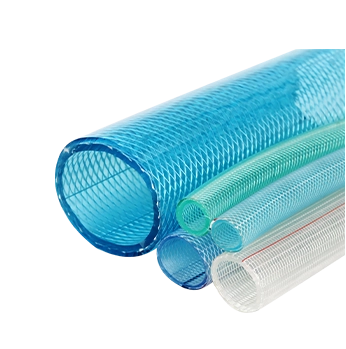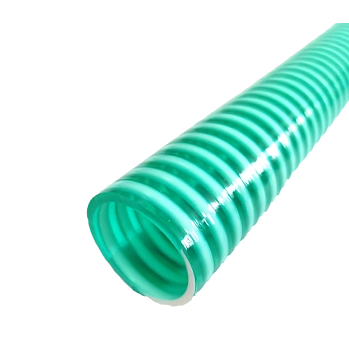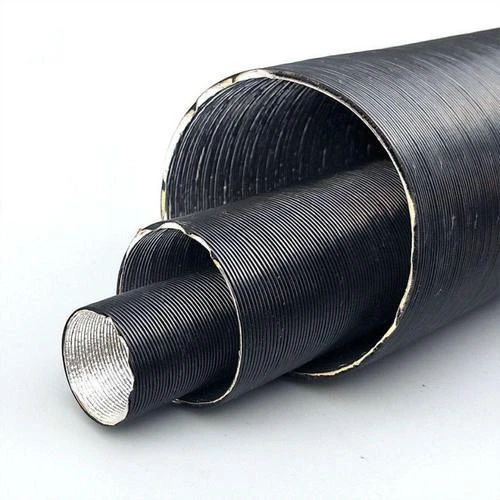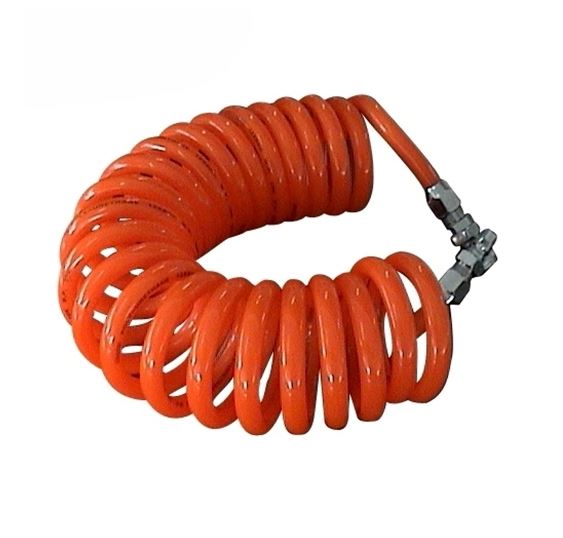LPG Hose Pipe Options for Safe and Efficient Gas Transportation
Understanding LPG Hose Pipes Safety, Usage, and Maintenance
Liquefied Petroleum Gas (LPG) is widely used for cooking, heating, and even in some automotive applications. One of the critical components that facilitate the safe handling and transportation of LPG is the LPG hose pipe. Understanding the characteristics, uses, and maintenance of LPG hose pipes is essential for ensuring safety and efficiency in their application.
What is an LPG Hose Pipe?
An LPG hose pipe is a specialized type of flexible tube designed to transport liquefied petroleum gas. Constructed from a combination of rubber and reinforced materials, these hoses are designed to withstand high pressure and extreme temperatures. Their construction often includes a combination of synthetic rubber, steel wire, and other materials that provide durability, flexibility, and resistance to degradation due to the chemical composition of LPG.
Importance of LPG Hose Pipes
LPG hose pipes play a crucial role in various applications, including residential cooking, commercial kitchens, industrial heating, and automotive fuel systems. The primary purpose of these hoses is to create a secure, leak-proof connection between gas cylinders and appliances, ensuring safe gas transfer and usage. Poor quality or damaged hoses can lead to leaks, posing serious fire hazards and health risks. Therefore, choosing the right hose and maintaining it properly is vital.
Selecting the Right LPG Hose Pipe
When selecting an LPG hose pipe, it is essential to consider several factors
- Material Ensure the hose is made from high-quality rubber or thermoplastic that can withstand the properties of LPG. - Size The diameter of the hose should match the fittings of the gas appliances and cylinders. - Length While longer hoses provide flexibility in usage, excessively long hoses can increase the risk of kinks or potential leaks. - Pressure Rating Confirm that the hose is designed for the specific pressure associated with your LPG system. - Standards and Certifications Look for hoses that meet local and international safety standards, ensuring they have been tested for quality and reliability.
lpg hose pipe

Installation and Usage
Proper installation of LPG hoses is critical for safety. Follow these guidelines
1. Make sure the connection points are clean Before installing the hose, check that the fittings on both ends are clean and free of debris. 2. Use appropriate fittings Always use the fittings recommended for LPG systems. Using mismatched or low-quality fittings can lead to leaks. 3. Check for leaks After installation, use a soapy water solution on the connections to identify any leaks. Bubbles will form at leak points. If found, fix them immediately. 4. Positioning Avoid placing the hose in areas prone to wear from sharp edges, heat sources, or where it could be stepped on or crushed.
Maintenance of LPG Hose Pipes
Regular maintenance of LPG hoses is essential to prolong their lifespan and ensure safety
- Inspect Regularly Check hoses periodically for signs of wear, cracks, or bulging. Any signs of damage should prompt immediate replacement. - Keep Clean Prevent dirt and debris from entering the hose and fittings as it can create blockages or leaks. - Storage Store LPG hoses properly when not in use. Avoid exposure to direct sunlight, extreme temperatures, or chemicals that might degrade the material. - Replace When Necessary Most LPG hoses have a recommended lifespan. Typically, they should be replaced every 5 to 10 years, depending on usage and conditions.
Conclusion
LPG hose pipes are essential for the safe transportation and utilization of liquefied petroleum gas across various applications. Choosing the right hose, understanding its proper installation and maintenance, and regularly inspecting it for damage can significantly enhance safety and efficiency. Always prioritize safety by using high-quality hoses that comply with safety standards, ensuring a worry-free experience when working with LPG. Safety should always come first, whether in residential settings or industrial environments.
-
The Essential Role of LPG Hoses in Safe and Efficient Gas DistributionNewsJul.16,2025
-
The Crucial Role and Varieties of LPG Gas HosesNewsJul.16,2025
-
PVC Flexible Hoses in Industrial Applications: A Comprehensive OverviewNewsJul.16,2025
-
High - Pressure LPG Hoses - Ensuring Safety and Efficiency in Fuel TransferNewsJul.16,2025
-
Essential Tools for Welding Operations: Oxy - Acetylene HosesNewsJul.16,2025
-
Essential Connections - LP Gas Hoses and Their VariantsNewsJul.16,2025














